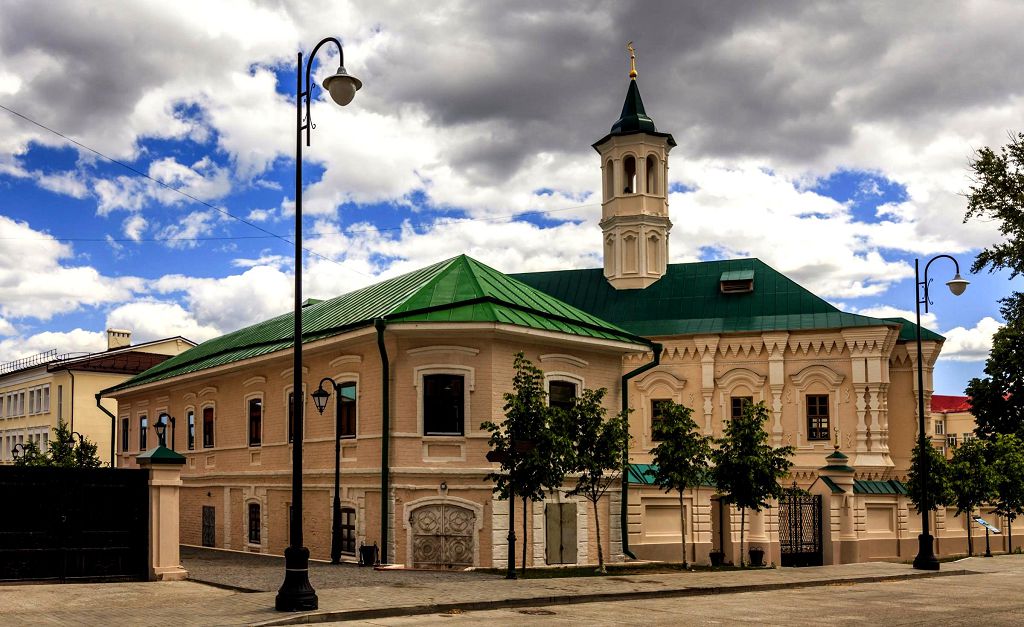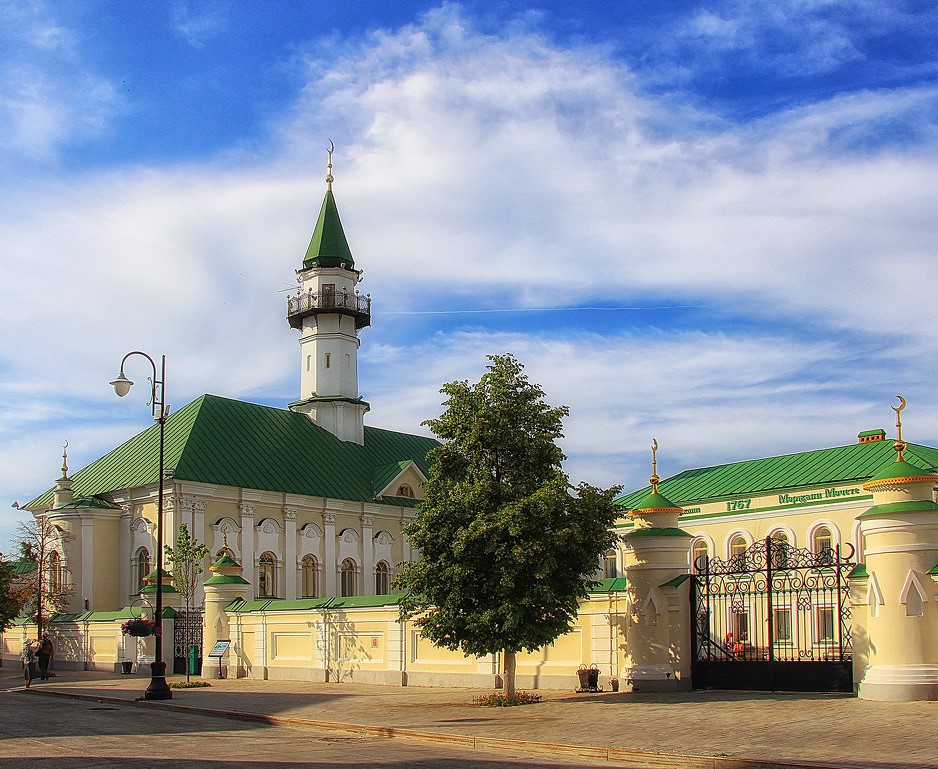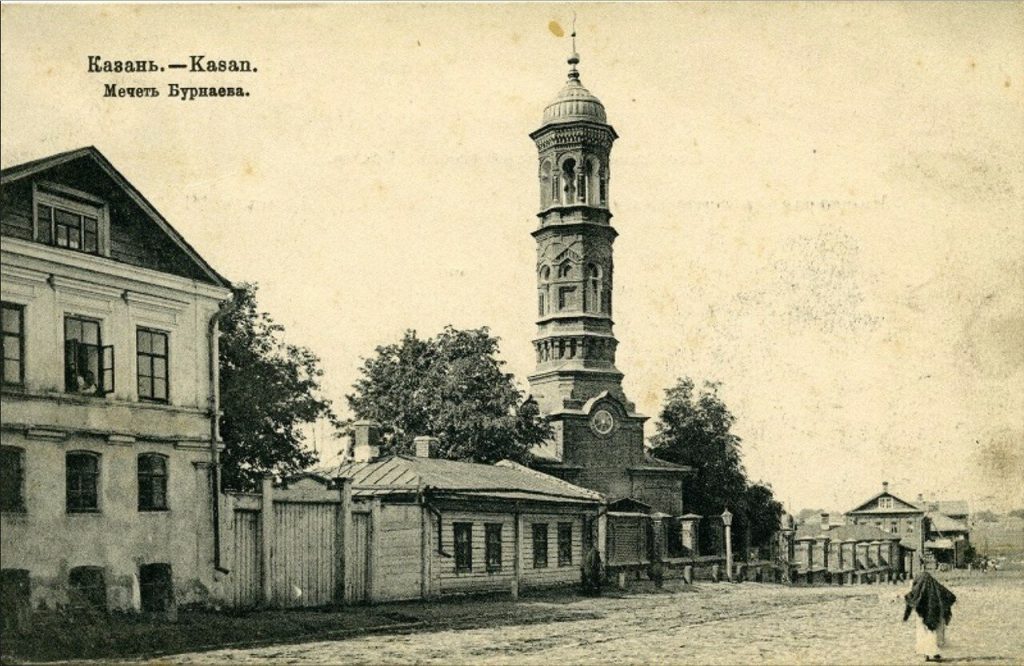The Second Cathedral – Apanayev Mosque


The Apanayev Mosque (“The Second Cathedral”, “Baiskaya”) is a monument of Tatar religious architecture of the second half of the XVIII century, which was built in 1768-1769. The mosque is located in the very historic heart of Kazan – Old Tatar Settlement – and is a monument of federal importance.
In 1768, the construction of the mosque began at the expense of the wealthy merchant Yakub Sultangaliyev. Later it became known as the Apanayev mosque in honor of the dynasty of wealthy merchants, the Apanayevs, who maintained it. Hence, its second name became “Baiskaya”. Most of the congregation were wealthy, intelligent people.
One of the first imams of the Apanayev Mosque was Salikh Sagitov, a native of the village of Kileyevo (now Baltasinsky District of the Republic of Tatarstan), who studied in Arabia and Bukhara. A madrassa was established at the Apanayev Mosque, where he became famous as a highly educated mudarris (senior teacher).
The mosque was originally with one hall and octagonal minaret. One could find elements of Russian “Moscow” baroque and Tatar decorative art in the decor of the religious building. In 1872, according to the design of the architect Romanov, a two-story addition was built on the north side. In 1882, a brick fence and a one-story small shop were built around the mosque. Years later, the shop expands and the second floor arises.
The Apanayev Mosque was closed by a decree of the Central Executive Committee of the Republic of Tatarstan on February 6, 1930. In 1995, the mosque was returned to the Muslim community. For a time, it was the place of the Muhammadiyya Madrasa. A comprehensive restoration began in the 2000s. The mosque was rebuilt by the end of 2011.
Other publications
All publicationsAugust 29
The First Cathedral Mosque - Marjani
The Marjani Mosque is one of the first mosques of the city of Kazan, built with the personal permission of Catherine the Great.

September 7
“The Third Cathedral” – Burnayev Mosque
The Burnayev Mosque (The Third Cathedral Mosque) is a mosque in the Old Tatar Settlement of Kazan, a monument of Tatar religious architecture.

